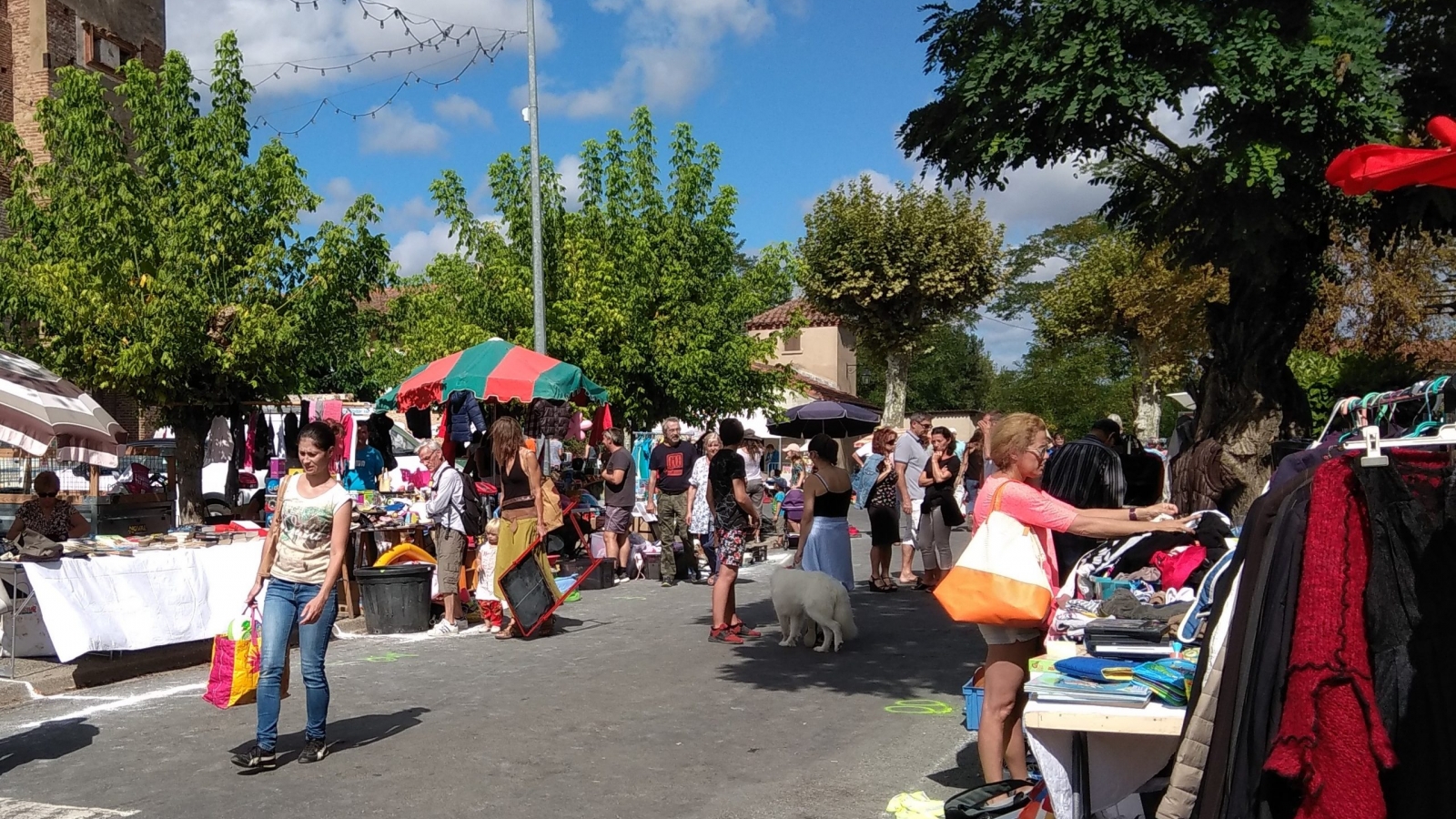
Brens
You’ll find Brens right in the heart of Gaillac’s wine-growing region, opposite the town of Gaillac, on the other side of the River Tarn. Easily accessible by both road and rail, Brens provides a welcome stop for travellers and is classified as a ‘Village Étape’. To qualify for this title a town must be small (typically with under 5000 inhabitants) and able to provide all necessary services for travellers passing through.
Brens. All you have to do is cross the bridge
Having earned the label of ‘Village Étape’, everybody in Brens – from shopkeepers and hoteliers to restaurant owners, local officials and the tourist office – make sure that the quality of services and the welcome people receive are second to none.
In 413 AD, the Visigoths settled in what was known as ‘Narbonne Gaul’ and Toulouse became their capital. The name of Brens developed out of the original Gaul name of the village, ‘Bero’, with the addition of the suffix ‘ens’, which was often seen in Visigoth culture.

Brens through the ages
Today there’s only one large tower remaining of the chateau that once stood in Brens. But you can’t miss it because it dominates the village, despite the fact that much of the stone that was used to construct the original building was repurposed to build the bridge that links Brens to Gaillac. The village’s church dates back to the 10th century, but became the parish church of Saint-Eugène when it was completely rebuilt in the 16th century.
The chateau of Labourélie, meanwhile, takes you back to the splendours of those huge 17th century estates, when the nobility owned private mansions in town and major wine-growing estates in the country. The chateau belonged to the Combettes de Labourélie family, but when the French Revolution happened in 1789 they were carted off to the guillotine.
A network of footpaths
All around Brens you can explore trails that are perfect for a gentle stroll. The Tourist Office will give you all the details you need. These easy rambles in beautiful countryside are designed to be accessible to as many people as possible and are dotted with pigeon lofts and lovely old buildings. Plus every step of the way you’ll have the joy of discovering a range of interesting flora and fauna.
The Lovers’ Pathway
In the Middle Ages the Tuile bridge allowed travellers to cross the river to reach the cemetery and the chapel of Saint-Eugène. Built out of brick, the chapel features just the one arch and dates back to the 12th century. You can reach it from a rambling route that’s known as ‘The Lovers’ Pathway’.
The ‘camp’ at Brens. A darker history
Barracks that are not open to the public bear witness to a painful past. The Brens camp was created in 1939 when 20 barracks were built to house a ‘welcome centre for refugees’. In the summer of 1940 the camp was emptied to make way for an ‘accommodation centre for foreign Jewish refugees’ from November 1940. From 1941 onwards Brens was used as a ‘concentration camp for women’. On 14 February 1942, 320 women and 26 children from the Rieucros camp were brought by lorry from the train station at Gaillac, For many of these people Brens served as a stopping point on the way to an awful death at Auschwitz.







